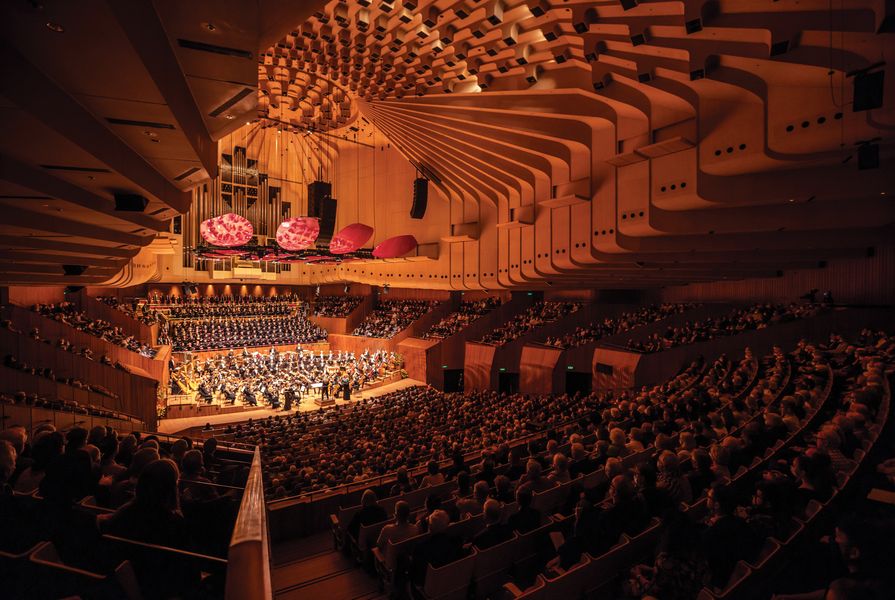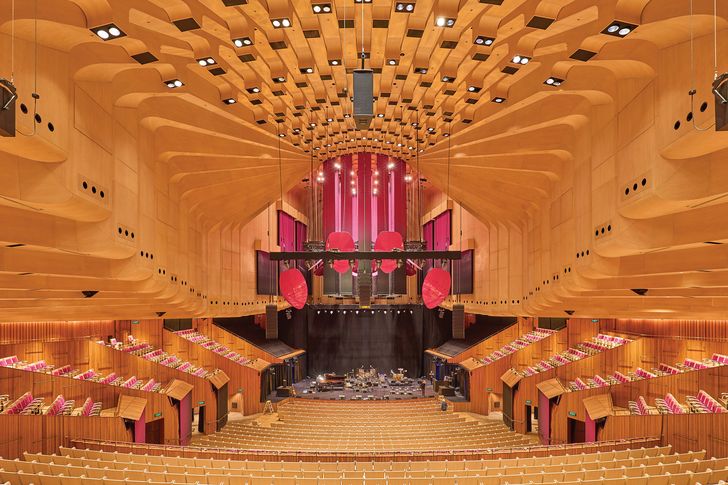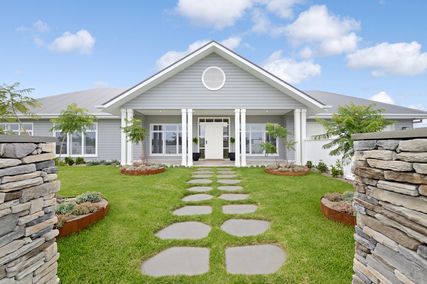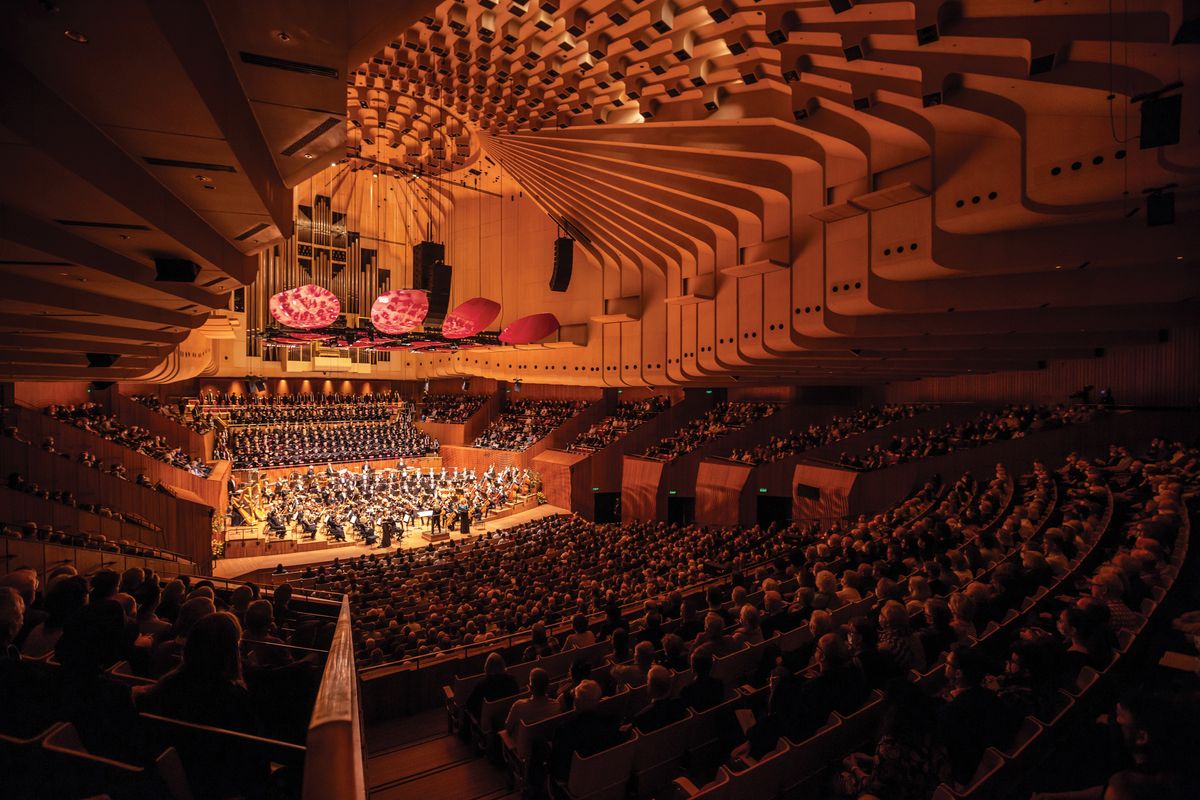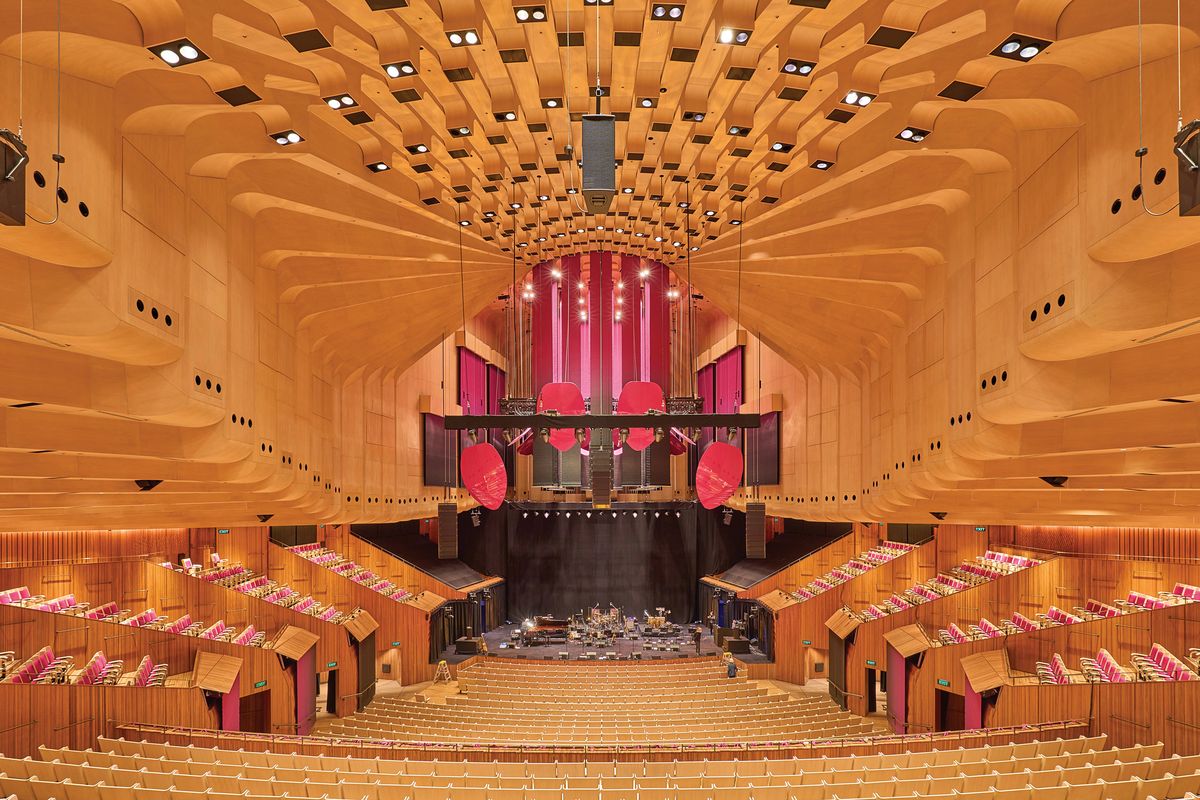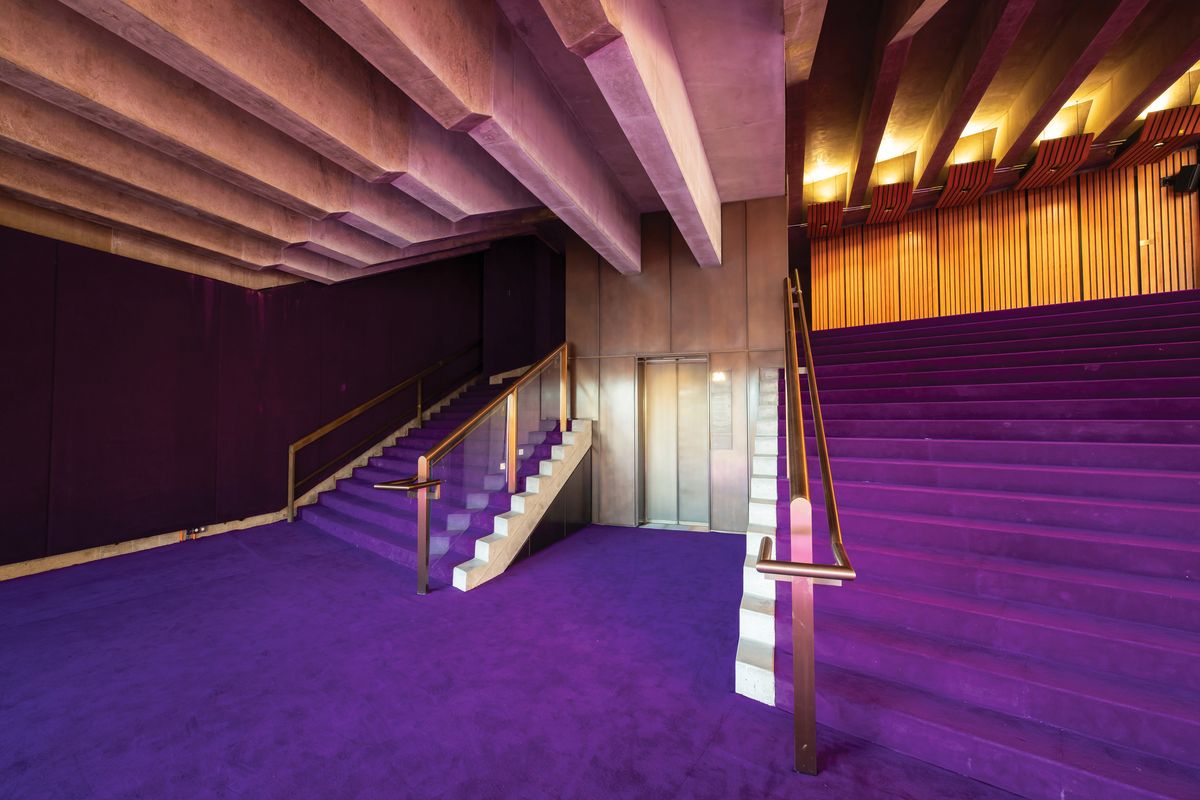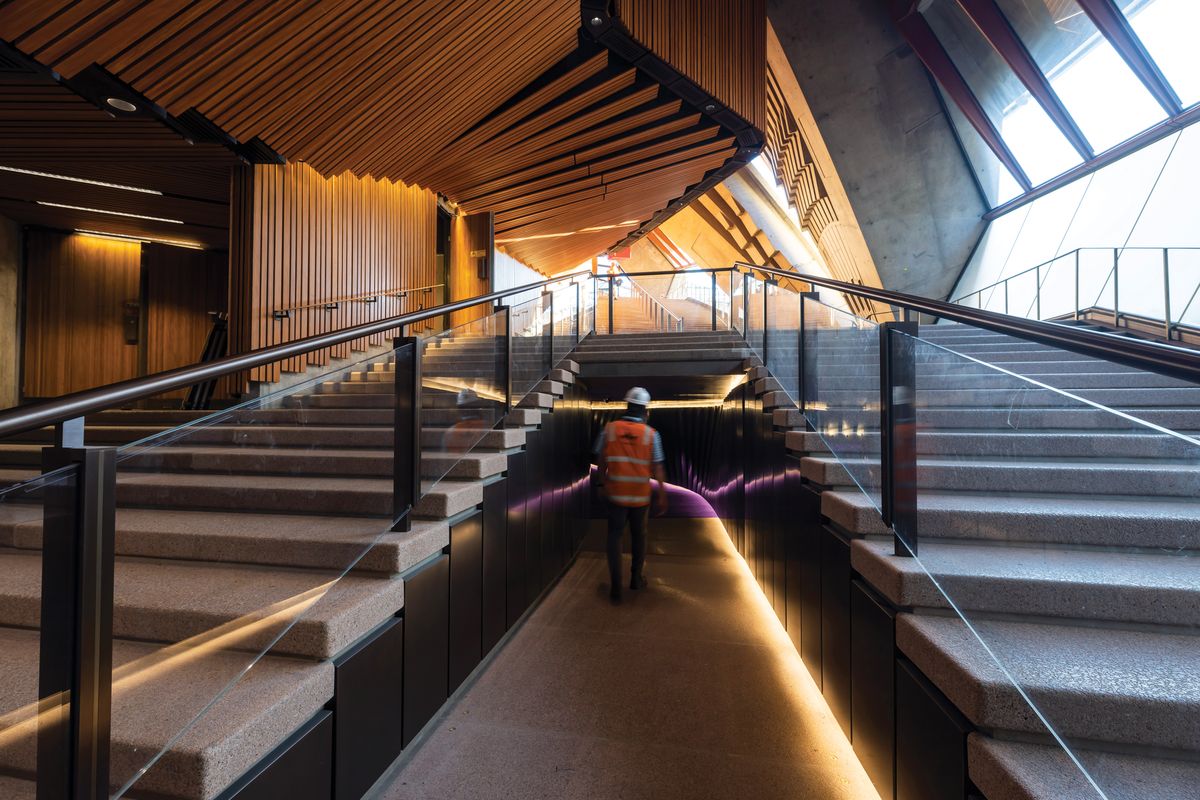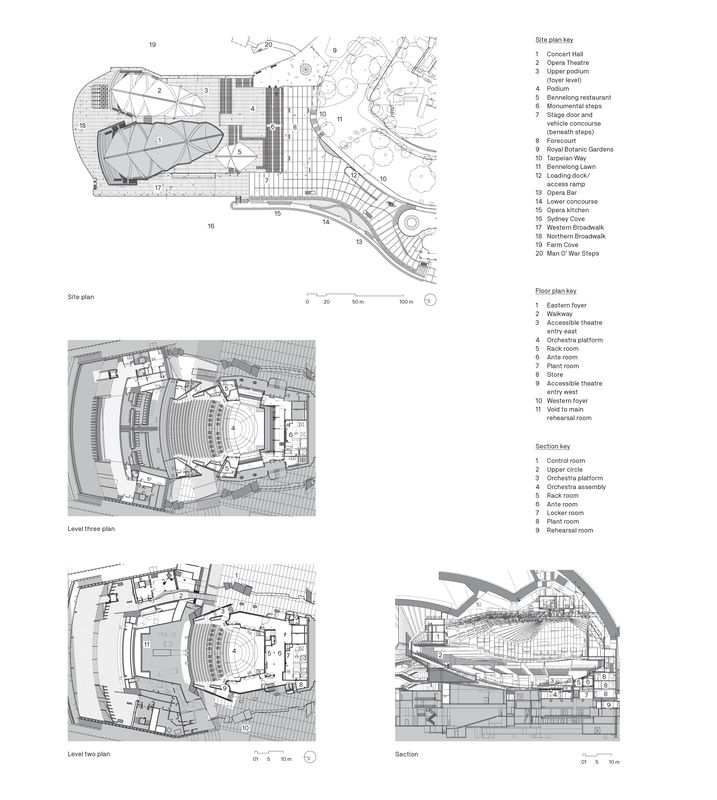Having attended two performances of Mahler’s second symphony on successive nights at the Sydney Opera House after its recent renewal, I found the acoustic transformation nothing short of miraculous. The sound was equally good from seats in different parts of the auditorium – a significant improvement. The transformation is a credit to the Opera House CEO Louise Herron and her team, alongside the architect, ARM Architecture, and a team of expert engineering, acoustic, heritage and other consultants. The works involved design tasks of great technical complexity and aesthetic demands, and were achieved within a constrained timeframe.
In 2013, the Sydney Opera House announced a “decade of renewal” to upgrade the iconic building, which opened in 1973. The key objectives of the renewal, which constitutes the largest series of capital works since the venue’s completion, were to improve acoustics for artists and audiences in both orchestral and amplified mode, improve access and provide a safer working environment for staff behind the scenes. Following a nation-wide competitive tender process, ARM was selected to undertake the design. Celebrated for its highly original architectural statements, the practice may not have been an obvious choice for major interventions in a heritage building, but it had demonstrated strong credentials in projects such as the Melbourne Recital Centre and the Hamer Hall upgrade.
The work included new box fronts to better angle sound reflections, a new ceiling and sound absorptive hangings to reduce reverberation time.
Image: Chris Bennett
On the reopening night in July 2022, it was pleasing to hear the New South Wales minister for the arts, Benjamin Franklin, praise Peter Hall, the architect appointed to complete the concert hall in 1966 after Jørn Utzon resigned. Utzon was unquestionably a genius, but was unable to achieve the impossible task of designing a single auditorium capable of first-class performances of opera, ballet and symphonic concerts. The far more pragmatic Hall succeeded in creating a concert hall that, almost 50 years after its opening, is still recognized as first-class. Considerably larger than most recent concert halls, it has become a benchmark for many others, and its plan layout has been emulated in venues such as Frank Gehry’s Walt Disney Concert Hall in Los Angeles (2003).
From 1959, as a student and recent graduate, I had the pleasure of working under Hall in the office of the New South Wales Government Architect. Later, in the mid-1980s, as assistant government architect, I was able to engage Hall – then a partner in Hall, Bowe and Webber – on the documentation of the Sydney Opera House forecourt and lower concourse. The splendid mushroom columns and monumental granite detailing are his contribution. It’s always a difficult task to alter an existing structure of architectural significance to meet a new need, but all of Hall’s work on the Opera House managed to retain the building’s consistent aesthetic statement.
The Opera House has been plagued by acoustic issues since it first opened. Müller-BBM, a firm with significant international experience, was contracted to work with ARM on transforming the acoustics, the principal elements of which are petal-like, magenta reflectors suspended over the stage and white, birch reflectors that fold down from the walls and retract via a unique hinge system when not in use. In addition, richly modelled timber panelling has been applied to the front and rear walls of the concert hall’s boxes. This tactile and seductive material, made from laminated brush-box elements with a special router to provide diffusion and reflection, replaces the unattractive flush-boarded elements introduced a decade ago. These acoustic elements and others, including a new ceiling and sound absorptive hangings to reduce reverberation time, were tested by prototype and perfected after feedback from musicians.
Richly modelled timber panelling has been applied to the front and rear walls of the concert hall’s boxes.
Image: Daniel Boud
All these elements, plus mechanical risers that allow a tiered layout for the orchestra, result in early reflections (and less reverberation), benefitting both audience and players with a richer and clearer sound. Unfortunately, the stage lighting, which has to be at the same level as the reflectors, is glary from seats in the stalls and causes the box fronts to look a little intrusive from certain angles. I believe that this issue could be easily corrected with the right advice.
Hall was keen on the use of strong colours and the visual impact of natural materials; the palette of the Opera House carpets and upholstery, not to mention the rarely seen John Coburn stage curtains, are testament to this. It is my view that Hall would have welcomed the magenta reflectors (which match the upholstery on the audience seats) and richly modelled box fronts, though I understand this is not an opinion shared by all.
A passageway has been inserted on the eastern side of the concert hall, enabling independent wheelchair access to the Northern Foyer. Photograph: Anna Kucera.
Image: Anna Kucera
Equally challenging as the acoustics was the need to provide equity of access to gallery seats and the magnificent northern lobbies that face Sydney Harbour. A key feature of Utzon’s concept was the gradual ascent up both sides of the hall to the top of the podium, which left no obvious location for the incorporation of vertical lift shafts. For someone who has visited the Opera House hundreds of times since its 1973 opening, it was a shock to see a large opening in the middle of the familiar monumental stair. However, universal access is essential and Andrew Hayne of ARM explained that dozens of solutions were investigated before this design was chosen. The opening and passageway are sensitively detailed, consistent with the podium, and the glass elevator shaft is ingeniously incorporated with no visual impact, demonstrating the designers’ respect for the building’s architecture.
Together with its team of consultants – including engineers Steensen Varming and Arup, who have been involved with the Opera House since it was first built – ARM has demonstrated that, in creative hands, innovative and unexpected design solutions that respect the existing building are possible. Once the shock of the new has abated, I am confident that the recent upgrades will mark a new era of appreciation for and enjoyment of Australia’s most important cultural and architectural monument.
Credits
- Project
- Sydney Opera House Concert Hall Renewal
- Architect
- ARM Architecture
Australia
- Project Team
- Howard Raggatt, Andrew Hayne, Peter Bickle, Stuart Webber, Justin Fagnani, Andrew Wilson, Paul Buckley, Aaron Robinson, Leo Carson, Rocio Batlle, Mario Posala, Daniel Lazarow;
- Consultants
-
Access consultant
Iaccess
Acoustic engineer Müller-BBM
Builder Taylor Constructions
Building surveyor Group DLA
Heritage consultant Design 5 - Architects
Hydraulic and fire services engineer Warren Smith Consulting Engineers
Mechanical and electrical services engineer Steensen Varming
Programming consultant Mace
Project manager Sydney Opera House
Quantity surveyor Rider Levett Bucknall
Structural, facade and fire engineer Arup
Theatre planning Schuler Shook, Theatreplan
Urban planning Keylan Consulting
Vertical transportation Norman Disney Young
- Aboriginal Nation
- Built on Tubowgule, on the land of the Gadigal people of the Eora nation.
- Site Details
-
Location
Sydney,
NSW,
Australia
Site type Urban
- Project Details
-
Status
Built
Completion date 2022
Category Public / cultural
Source
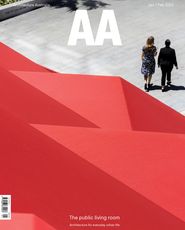
Project
Published online: 23 Jan 2023
Words:
Andrew Andersons
Images:
ARM Architecture,
Anna Kucera,
Chris Bennett,
Daniel Boud
Issue
Architecture Australia, January 2023

